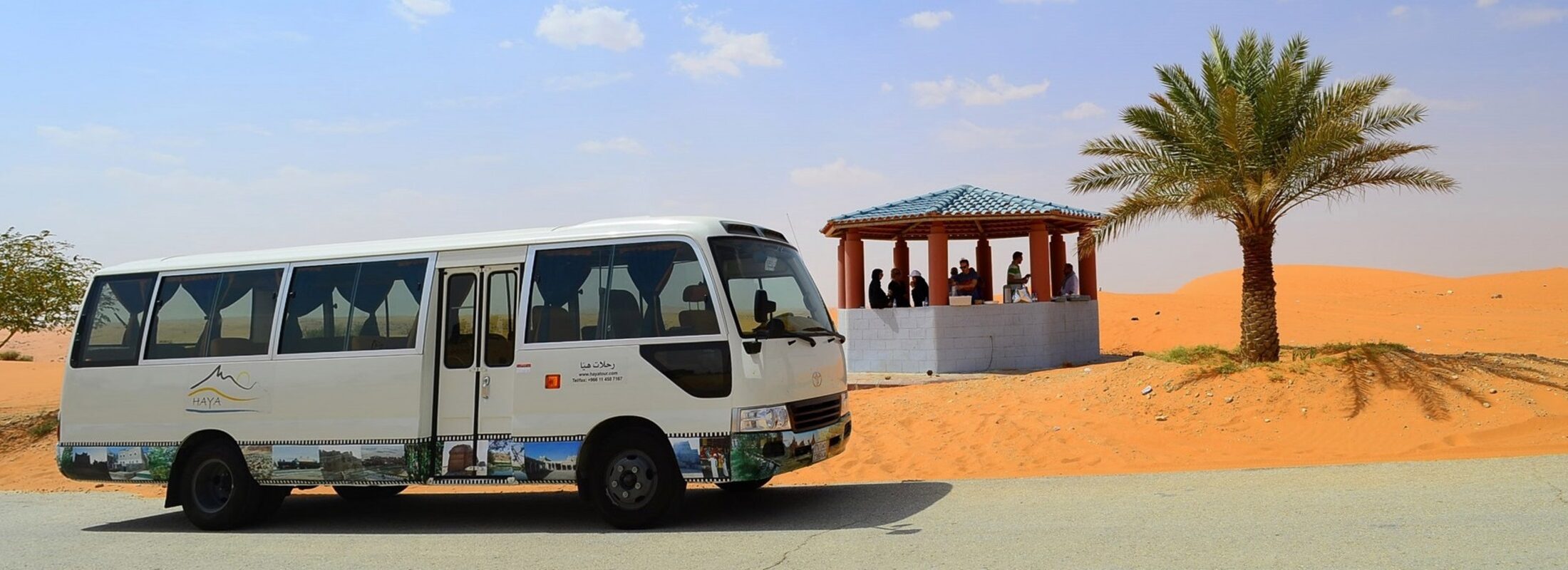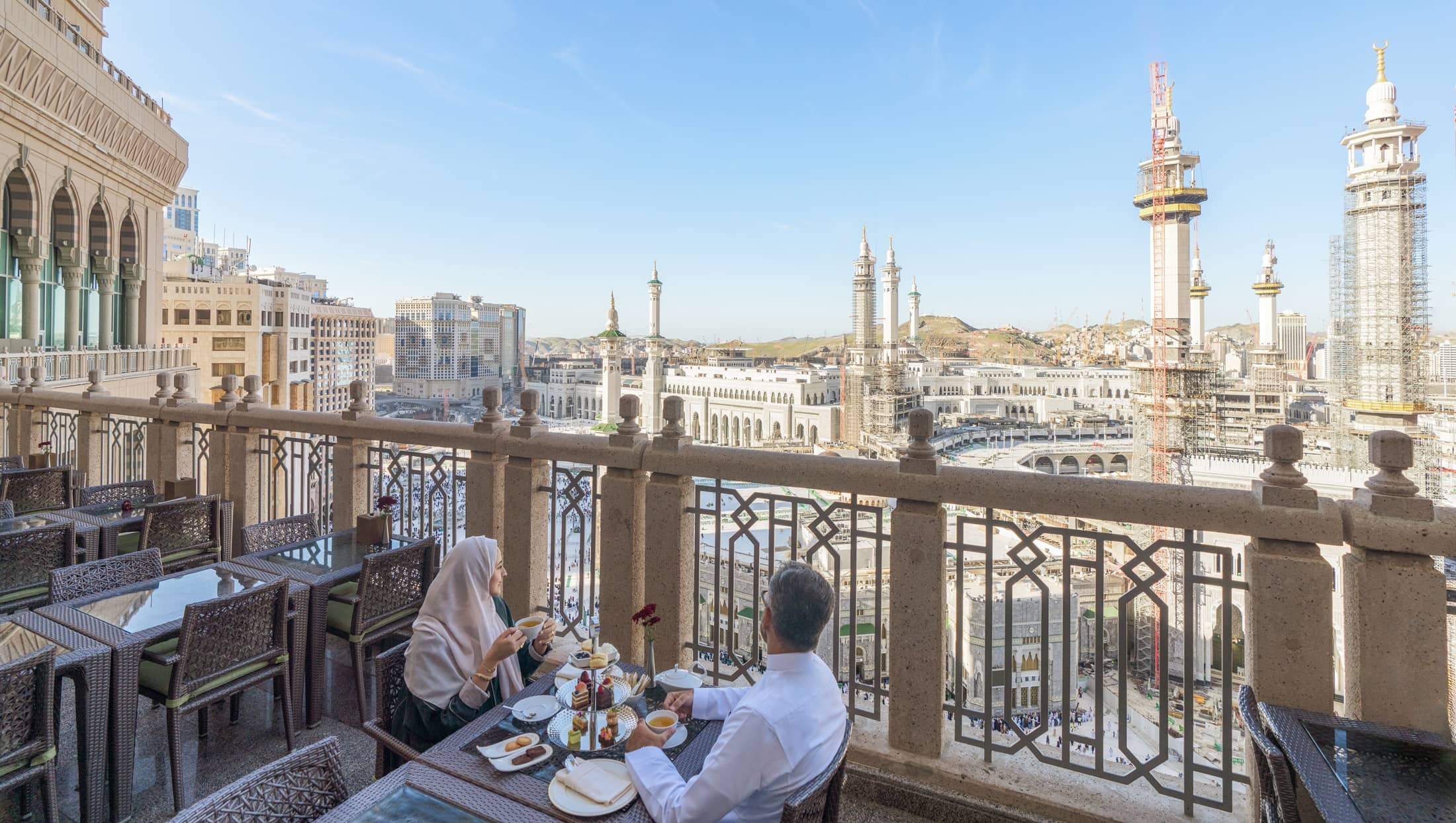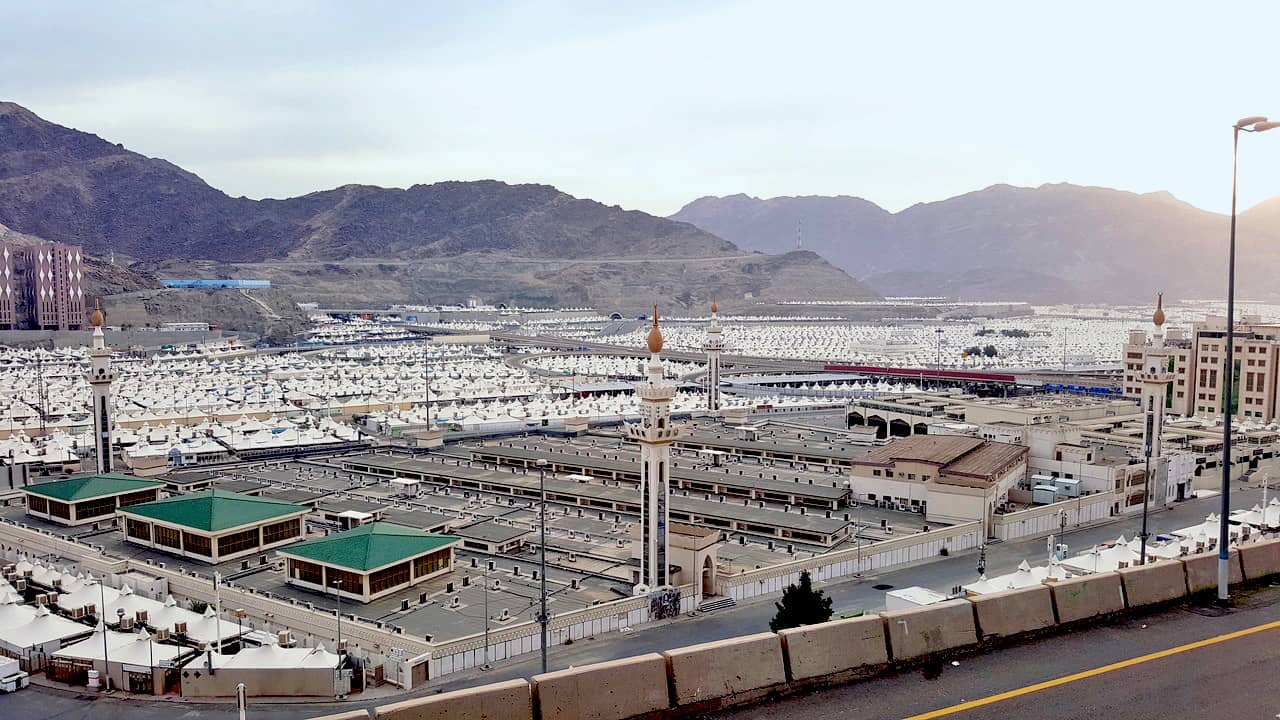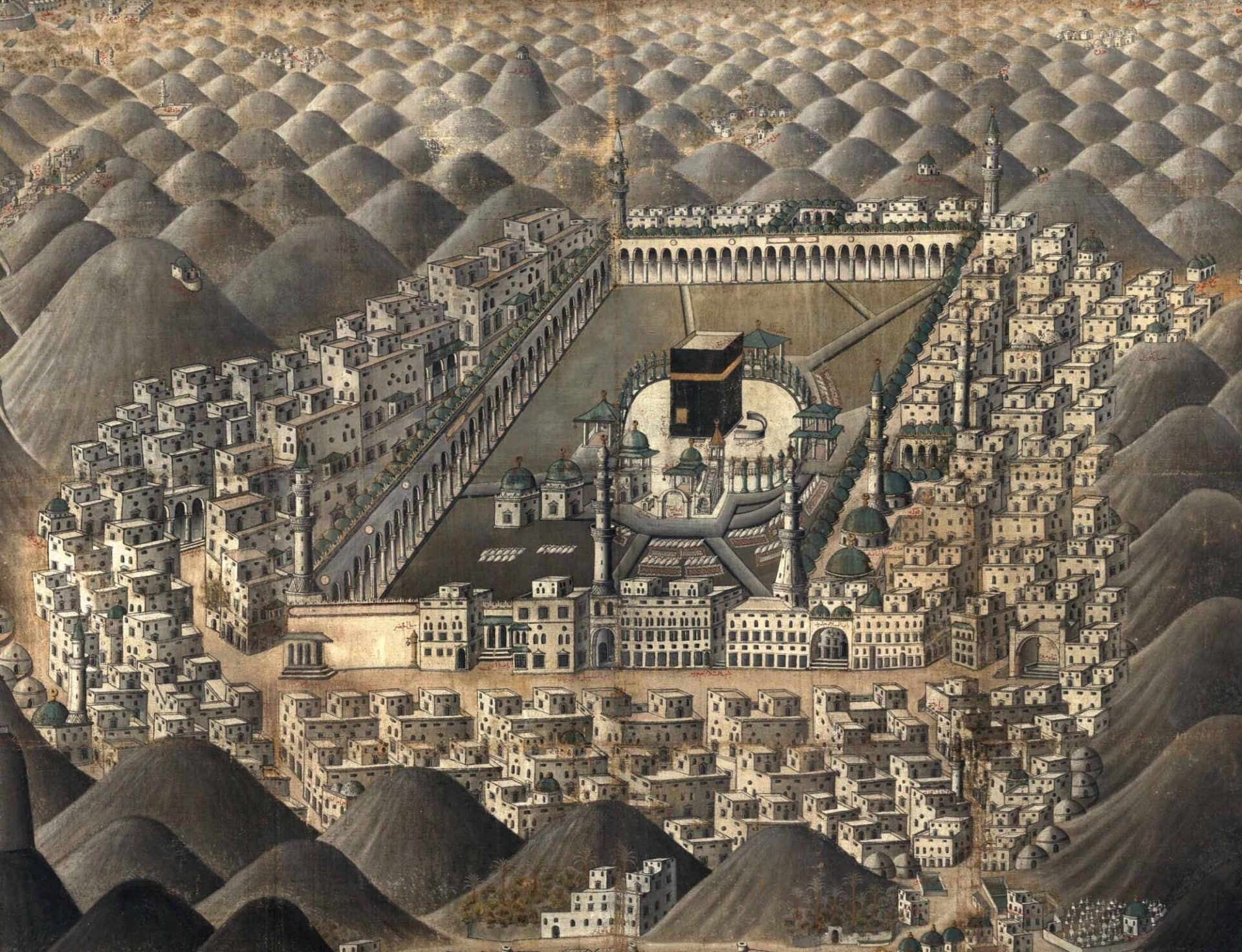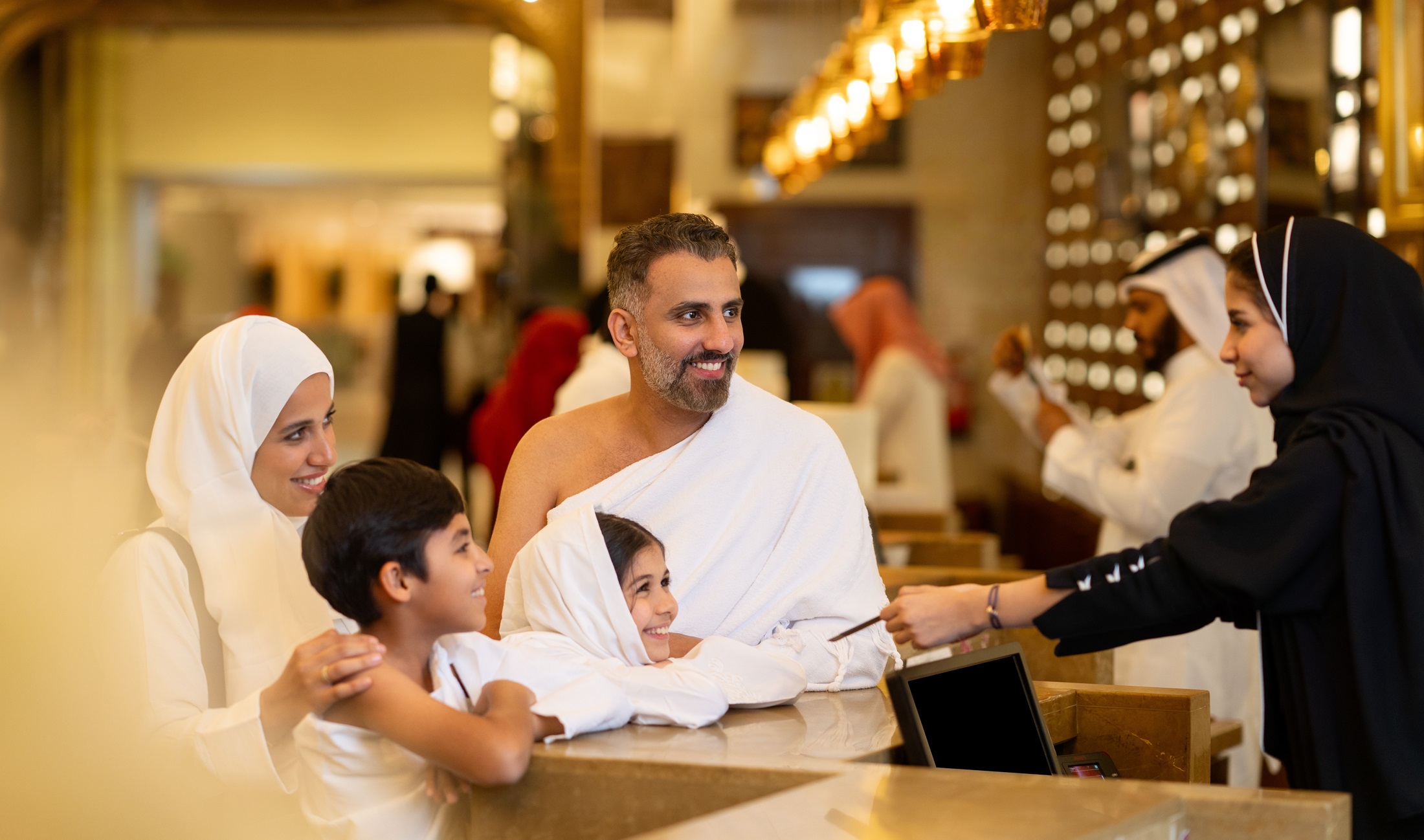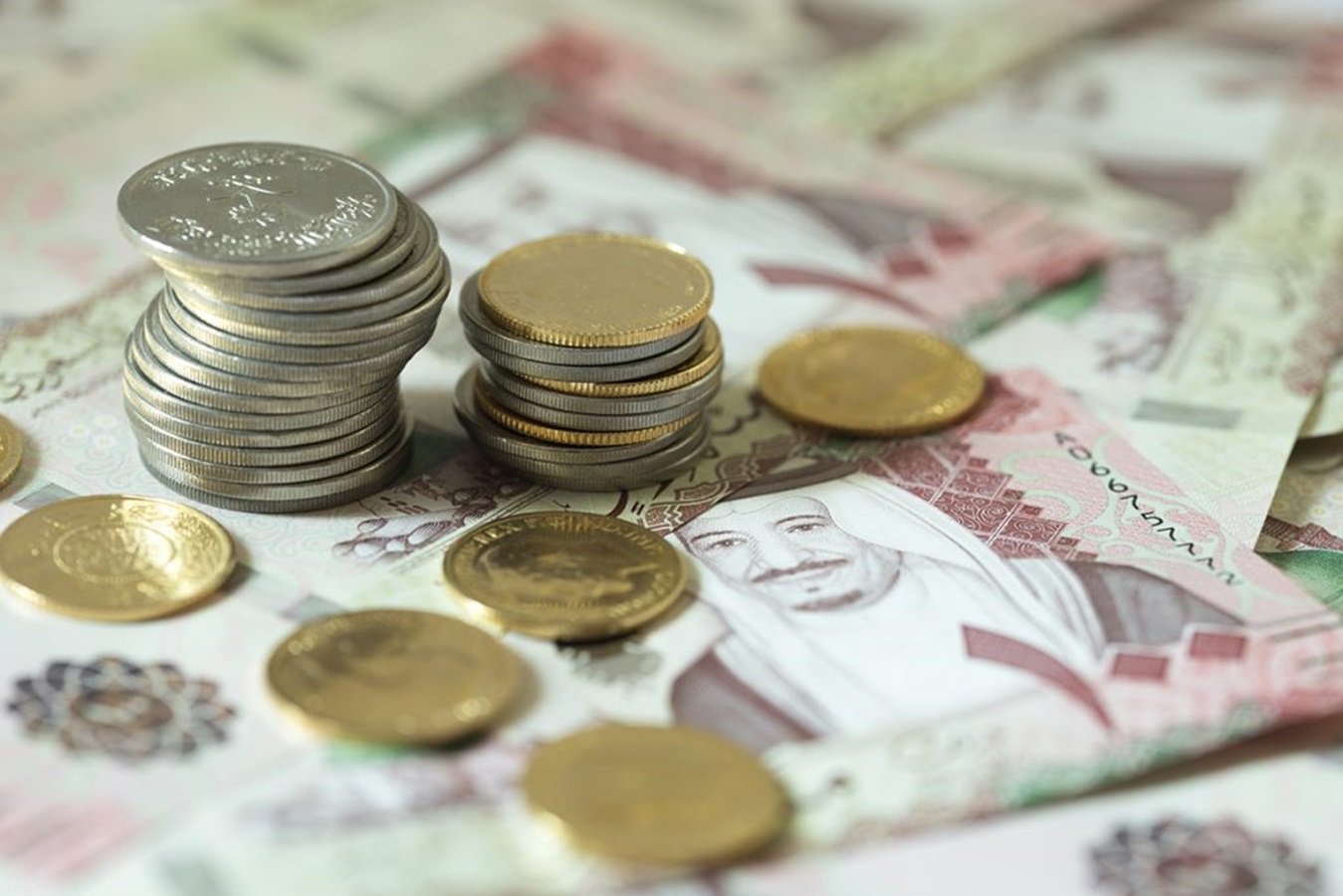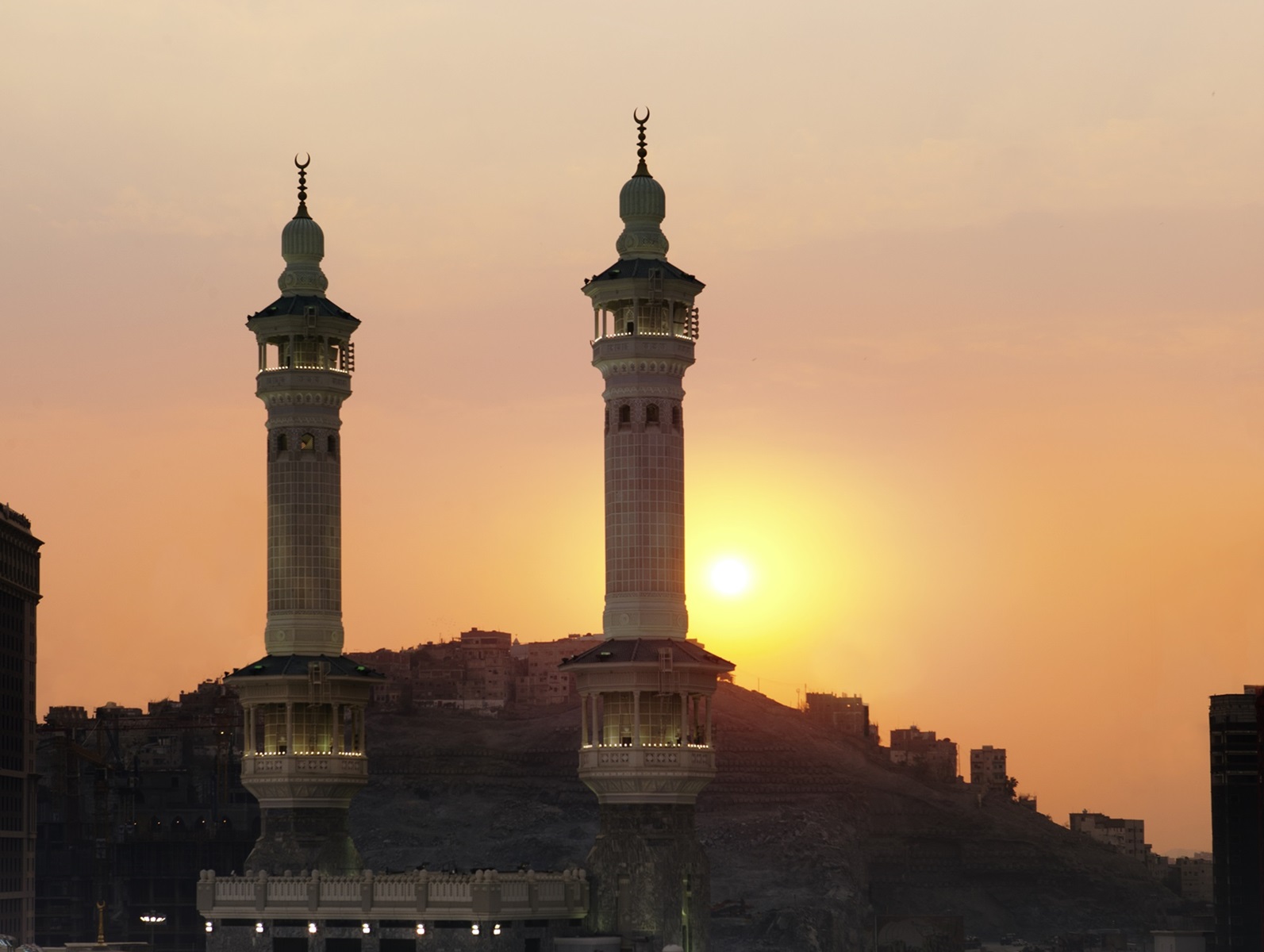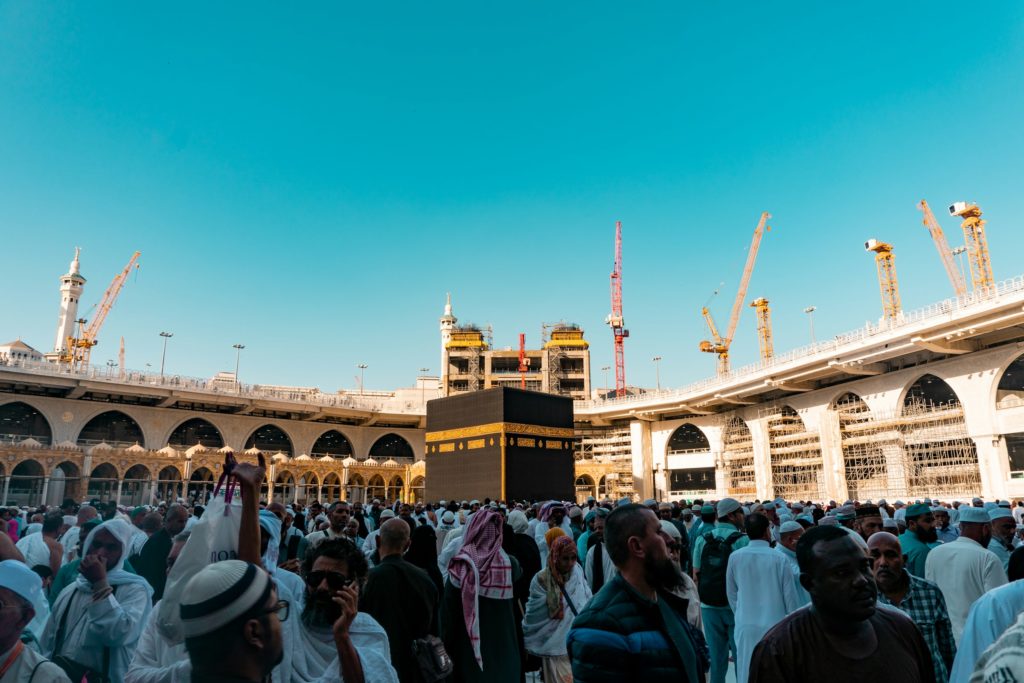The vast majority of Hajj and Umrah pilgrims arrive by air.
Makkah does not have its own airport, so visitors usually fly into King Abdulaziz International Airport (JED/OEJN) 95km to the west. This airport can get crowded, especially during Hajj season. Another option is Prince Mohammad Bin Abdulaziz International Airport (MED/OEMA). It’s about 500km to the north of Makkah in Madinah, a city on the pilgrimage route.
International pilgrims are not permitted to book flights themselves but must go through Hajj travel operators with authorization from the Saudi government. Travel agency representatives then meet clients at airports and transport them to Makkah. Currently, the only ways for non-Saudi and non-GCC (Gulf Cooperation Council) pilgrims to travel to Makkah is with tour groups via governmental or privately owned shuttles and buses.
You can also take a boat from the East African coast to the port city of Jeddah. A ferry trip across the Red Sea from Port Sudan takes about 12 hours.
The drive from Jeddah to Makkah takes 45–60 minutes (longer during Ramadan and Hajj season), and about six hours from Madinah to Makkah. Since 2018, the Haramain High Speed Railway has been quickly conveying travelers between Jeddah, Makkah and Madinah. The Haramain is the world’s first desert high-speed rail line.


